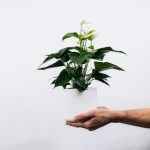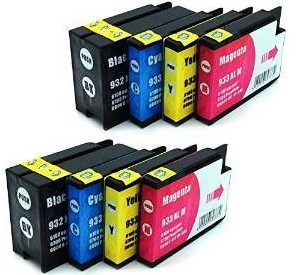Table of Contents
Overwintering outside
If you live in a climate where the temperature gets cold at night, you can over winter your plants outside in a protected area. If you don’t have a greenhouse or outside space for your plants, you can place them under a light. You’ve heard it all. Winter is hard. Planting seeds is never easy and often crop failures occur. Yet a successful plant that emerges from winter’s gloom is one of nature’s greatest gifts. Seedlings need all the extra care they can get and potential problems like frostbite can quickly make a mess of your garden.
There’s no single answer to how and why plants mature into tiny plantlets. It may have something to do with the microorganisms living on the germinating seed or with their environment.
Whatever the reason, the window of opportunity is small. If you plant seeds too early, you risk losing the first flush of growth. If you wait too long, seeds will spend too much of their time growing among the larger leaves and hard surfaces in the pots.

First, figure out your ideal place for your seeds. If you live in the southern US or Canada, your heart will want summer warmth and humidity year-round. If your seedlings need warmth during the winter months, either place them in a cupboard or in a heated greenhouse. Sowing seeds in the fall can get cold, so generally skip this step in the colder climes.
If you are growing outdoors, can you take the temperature? If not, invest in a temperature sensor that you place in your soil each summer. Since seedlings grow quickly, this will help monitor their health and allow you to choose the correct growing environment. For indoor plants, string, stick, or flaggling lights over the seedlings will help with temperature regulation. Next, choose outdoor or pot-size guidelines.
Overwintering inside
Overwintering indoor Mandevilla plants is a great way to keep them alive and healthy for longer than usual. During the autumn and winter months, plants are still growing but there’s less light for them to do so. To help them cope with the change in seasons, it’s important to keep them warm and sheltered. Although some indoor plants can survive without food for a small period of time (there are some exceptions such as some plants and trees), most need access to sunlight. Learning how to overwinter indoor plants will help you to acclimatise them to lower light. Without it they won’t come out of dormancy and you might not notice them in the plants you bought in the first place. If you remove your indoor plant before it goes into dormancy, you’ll only deplete stored nutrients and your plant can die. To avoid storing food for just a few days then removing it, it’s important to water your indoor plant regularly to ensure there’s enough nutrients available. Having slightly wilted leaves indicates a lack of light but over time this can go away.








